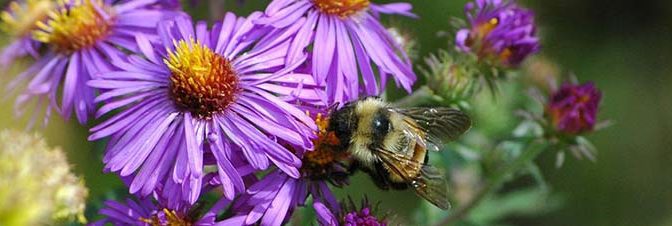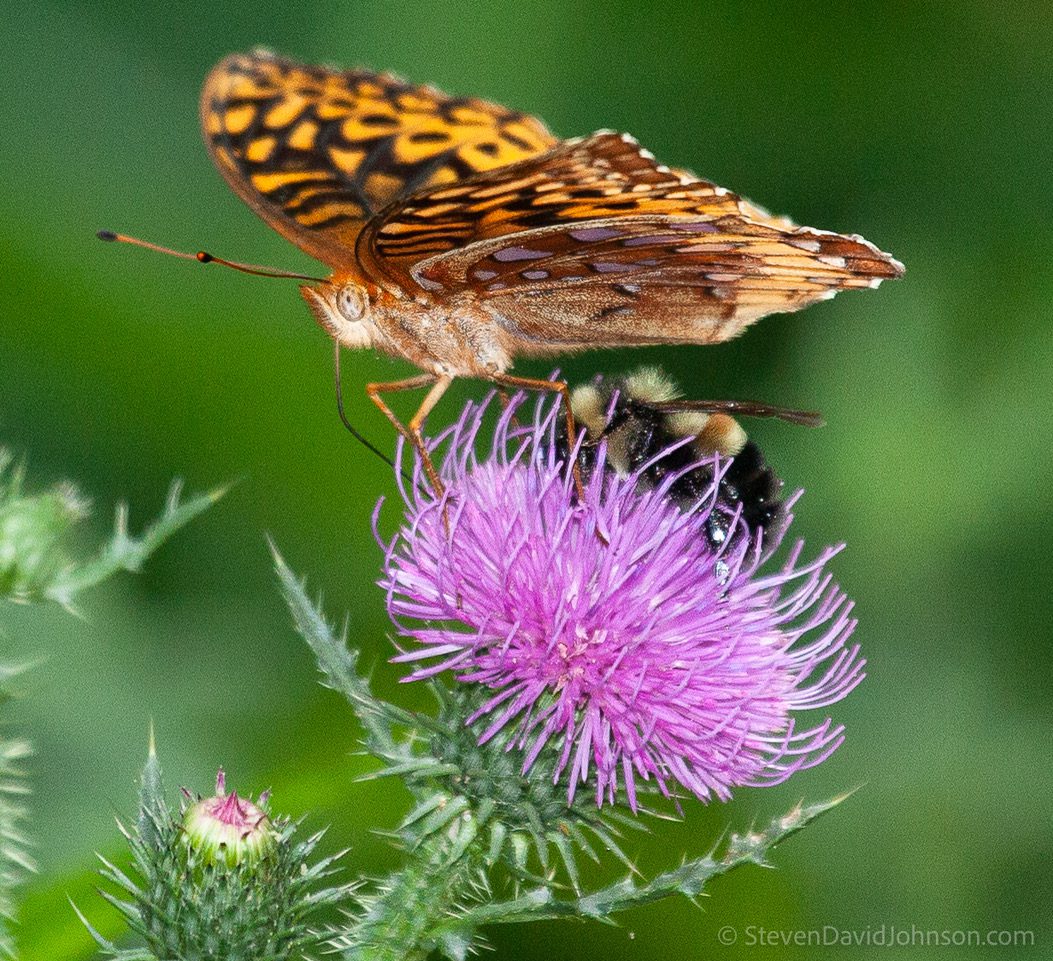
Rusty Patch Bumble Bee Comments on Duncan Knob Proposal
by Megan Mason Dister
Have you seen a more beautiful bee? This amazing bee, known as the rusty patched bumble bee (RPB) is unfortunately federally endangered. On October 15, 2018, Wild Virginia’s David Sligh filed public comment to express concerns about how this bee will be effected by the Forest Service’s Duncan Knob Gypsy Moth Proposal. These comments raise important concerns about how this project will impact the bees and the need to further study these effects before the project moves forward. Read the full comments here and continue reading below to learn about the background and main points of our latest comments.
Background on the Duncan Knob Gypsy Moth Proposal
The forest service originally filed the Duncan Knob Gypsy Moth Proposal in May of 2017, which has been met with various concerns. Wild Virginia filed comment in July 2018. The Forest Service originally proposed the project to mitigate the effects of an infestation of gypsy moths on National Forest Service Land comprising part of Duncan Knob. The Forest Service’s stated goal with the project is to promote oak regeneration and salvage trees effected by the gypsy moth. In Wild Virginia’s comments from July we argued that “the benefits of cancelling this project far outweigh the costs of implementing it,” citing concerns with interfering with the health of the forest through implementing the proposal of removing the gypsy moths.

Rusty Patch Bumble Bee found on private land near Duncan Knob
Rusty Patch Bumblebee Concerns
Wild Virginia’s main concerns with the rusty patched bumble bee and this project revolve around the use of a categorical exclusion instead of an environmental assessment. As will be discussed below, there are large potential impacts of this project on this endangered species, so the Forest Service must conduct an environmental assessment if it chooses to continue with the project in order to stay in accordance with the National Environmental Policy Act. The categorical exclusion simply does not go far enough to assess the impacts this project could have on this endangered bee.
With regard to rusty patched bumble bees and this project the first question one must answer is whether or not these bees actually live in this area. The U.S. Fish and Wildlife Service admits that there is uncertainty and many unknowns about the habitat and range of the Rusty Patched Bumble Bee. This alone raises concerns about this endangered species. Why implement a project in an area where there are still questions about the presence of an endangered species? However, the U.S. Fish and Wildlife Service in relation to the Atlantic Coast Pipeline (ACP) identified a High Potential Zone (HPZ) in which the rusty patched bumble bee may be found. One must pay special attention to this because a number of areas of the Duncan Knob Gypsy Moth project fall in the HPZ. This means there is evidence that habitats and populations of the bee will be affected by the project.
Activities proposed for the ACP overlap with those proposed for this project, so analysis around concerns for the rusty patch with the ACP can be applied to this project. These detrimental activities include the clearing of the bees’ foraging habitat and human disturbances, which may harm or kill the rusty patch. Clearly there are uncertainties and concerns about harm so an environmental assessment is necessary to determine how this project will affect the bee before moving forward.